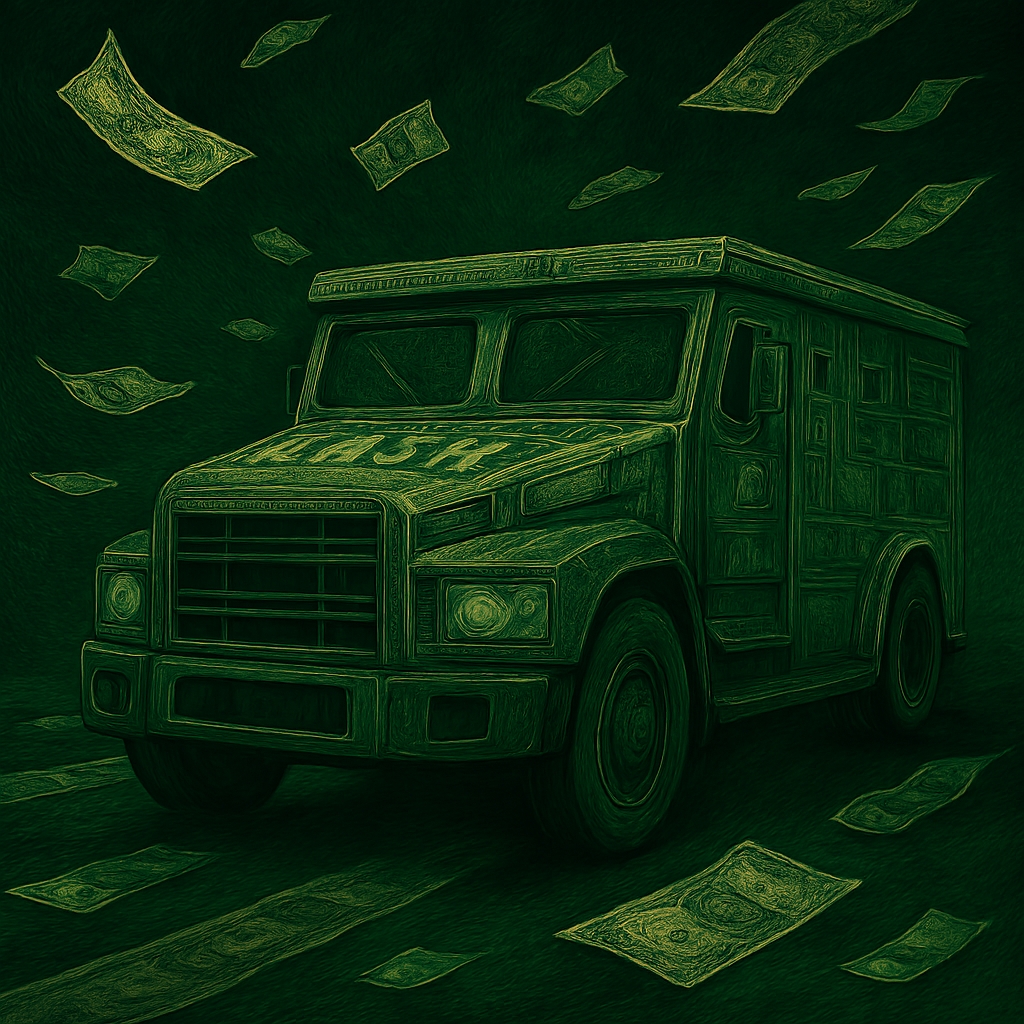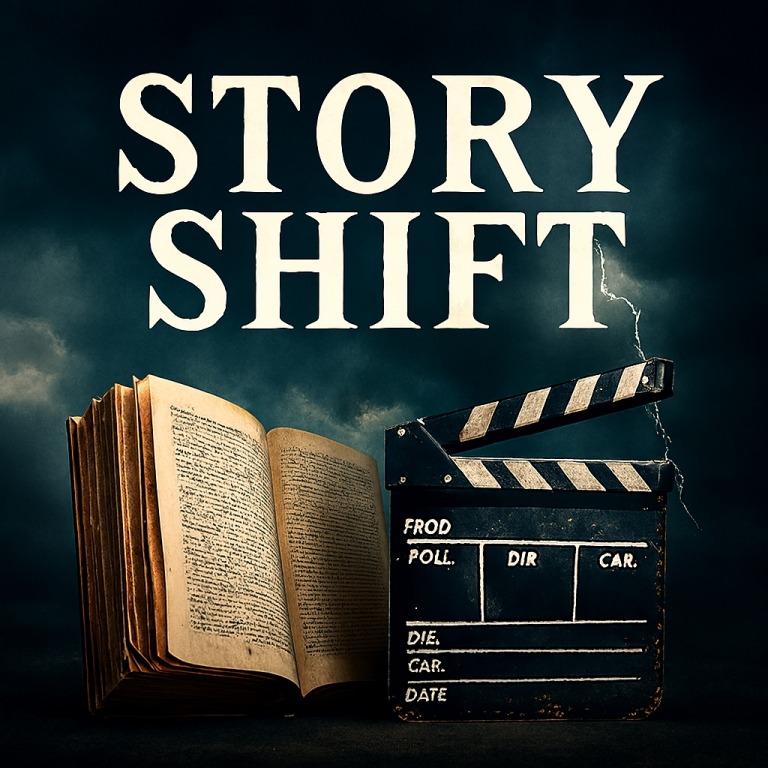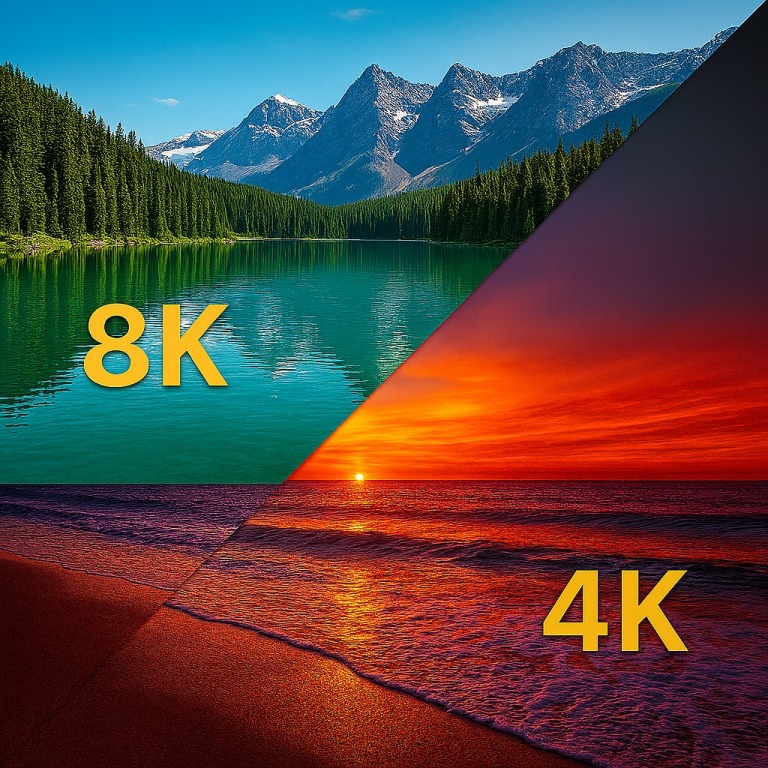Eddie Murphy’s The Pickup (2025) – A Clever Heist That Cuts Corners
Eddie Murphy’s The Pickup (2025) – A Clever Heist That Cuts Corners
Not His Best – But Not His Worst
Eddie Murphy’s legacy in comedy and action is undeniable, but The Pickup doesn’t showcase his full range. His performance here is competent, occasionally charming, but often feels slightly off-tempo. There’s a stiffness in his delivery—especially in scenes that require emotional nuance or improvisational flair. It’s not a failure, but it’s not effortless either. Murphy seems to be navigating a script that doesn’t quite match his rhythm, resulting in moments that feel rehearsed rather than lived-in. Still, his presence anchors the film, offering enough familiarity to keep viewers engaged even when the tone falters.
Action Sequences – Surprisingly Effective
Despite its modest production scale, The Pickup delivers a handful of action sequences that punch above their weight. The armored truck hijack, casino infiltration, and rooftop escape are choreographed with clarity and restraint. There’s no reliance on chaotic editing or overblown CGI—just practical setups, tight camera work, and well-paced tension. These scenes feel grounded, almost tactile, and they inject momentum into a narrative that occasionally drifts. The action isn’t revolutionary, but it’s functional and well-executed, proving that smart choreography can compensate for limited resources.

Streaming Image Quality – Softness and Compression
Visually, the film suffers from a subtle but persistent issue: image softness across both dark and bright scenes. In shadowed interiors, the blacks aren’t crushed, but they lack depth—almost like the definition has been shaved off by compression. Even daylight scenes show signs of reduced clarity, with textures appearing slightly muted and edges lacking crispness. This isn’t a flaw in the cinematography itself, which uses warm tones and clean framing, but rather a limitation of the streaming pipeline. Whether due to bitrate constraints or platform encoding, the final image feels undernourished—functional, but not visually rich.
Budget Constraints – A Film That Makes Do
The Pickup doesn’t pretend to be a blockbuster. It’s a film built around cost-efficiency—lean sets, minimal locations, and a cast that carries more weight than the production design. But instead of collapsing under these limitations, the film adapts. The editing is tight, the pacing brisk, and the story structured to avoid expensive detours. There’s a sense of creative pragmatism at play—cutting corners not out of laziness, but out of necessity. The result is a film that feels like it’s constantly negotiating its own boundaries, often cleverly, but never expansively.
Eddie Murphy’s Performance – Occasionally Unnatural
Murphy’s delivery in The Pickup is uneven. At times, he seems disconnected from the emotional stakes, delivering lines with a mechanical precision that lacks his usual spark. His character—Russell, a stoic armored truck driver—never quite becomes emotionally resonant. There’s a sense that Murphy is playing it safe, sticking to the script without injecting the improvisational energy that defined his earlier work. His chemistry with the rest of the cast feels underdeveloped, and while he anchors the narrative, he doesn’t elevate it.
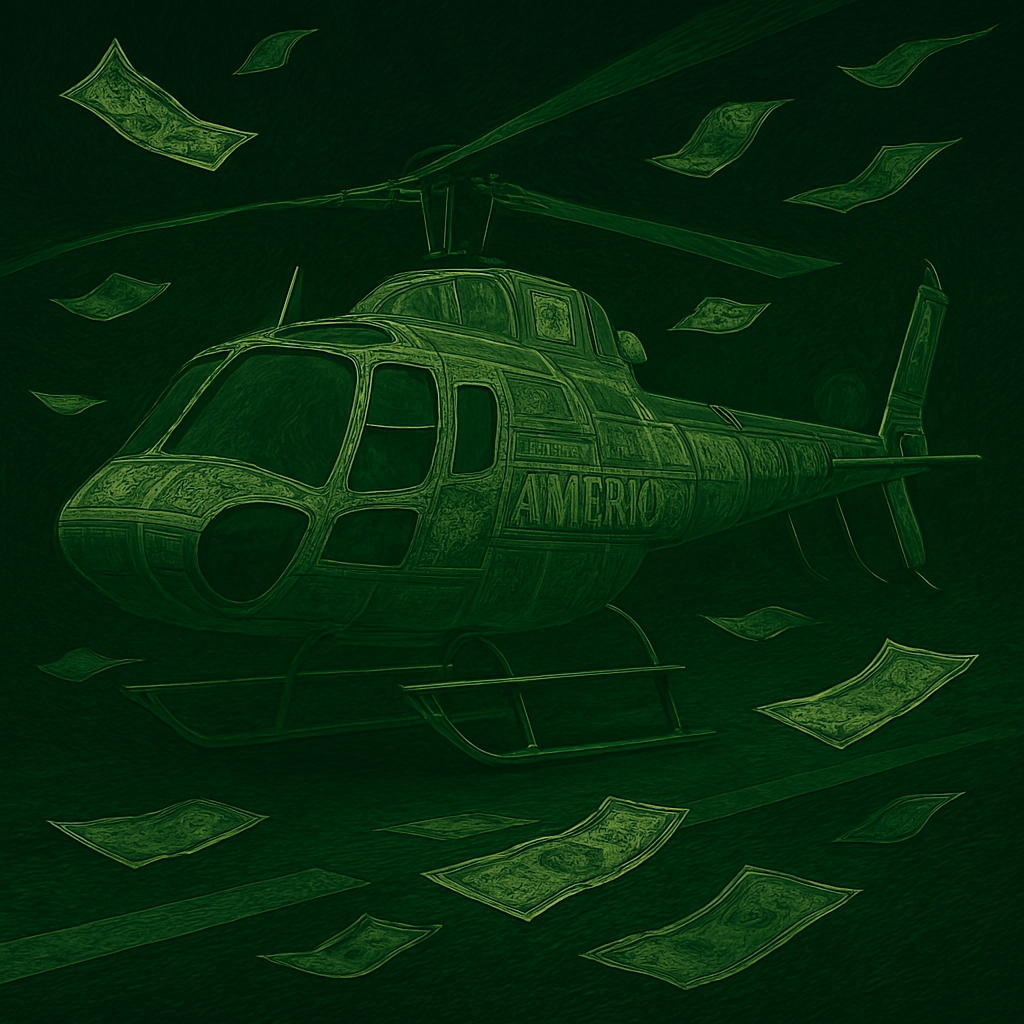
Keke Palmer – Better Than Expected
Keke Palmer emerges as the film’s unexpected strength. Her character—Zoe, the mastermind behind the heist—is sharp, emotionally present, and surprisingly layered. Palmer brings urgency and charisma to scenes that might otherwise fall flat, balancing humor with grit in a way that feels authentic. She doesn’t just play the role—she inhabits it, adding texture and depth that the script doesn’t always provide. Her performance is a reminder that casting against expectation can yield compelling results, especially when the actor brings more than the role demands.
Pete Davidson – Rough Start, Solid Finish
Davidson’s first half hour is rocky. His usual comedic persona feels out of place, and the script doesn’t give him much to work with early on. His timing is off, his reactions feel forced, and his presence disrupts the film’s tonal balance. But as the story unfolds, something shifts. Davidson settles into the role, dials down the chaos, and starts to deliver moments of genuine restraint. By the third act, he’s surprisingly effective—especially in scenes that require subtlety rather than punchlines. It’s a performance that grows on you, even if it takes time to find its footing.
Runtime – A Good Length
At just under two hours, The Pickup maintains a clean, efficient pace. The first act sets up the premise quickly, the second act delivers the heist mechanics, and the third wraps things up with a resolution that—while predictable—is structurally sound. There’s no major drag, and the film doesn’t linger unnecessarily. It’s a tight, focused runtime that suits the story’s scale and ambition. For a streaming release, the length feels calibrated—long enough to build tension, short enough to avoid fatigue.
Sound Design – Bass-Heavy and Unbalanced
The film’s audio mix leans heavily into low-end frequencies. Explosions, car engines, and club scenes thump with exaggerated bass—sometimes overpowering dialogue or ambient detail. It’s a stylistic choice that adds punch to action scenes but can feel unbalanced in quieter moments. The sound design isn’t broken, but it lacks finesse. A more dynamic mix could have added emotional texture to intimate scenes and made the overall experience more immersive. The score itself is functional—blending synth pulses with jazzy undertones—but never quite memorable.
Ending – Generic but Functional
Without spoiling anything, the ending of The Pickup resolves the plot cleanly but without surprise. It ties up the central conflict, delivers a few final character beats, and exits without lingering. There’s no twist, no emotional rupture, no lingering ambiguity. It’s the kind of conclusion that works well enough for casual viewers but leaves deeper thematic potential unexplored. The ending feels safe—satisfying in a structural sense, but not daring in a narrative one.
Visual Texture – Definition Loss and Symbolic Flatness
Beyond the compression artifacts and soft edges, there’s a more symbolic issue at play in The Pickup’s visual language. The film’s image quality doesn’t just suffer technically—it loses emotional texture. In scenes that should feel gritty or tactile, the lack of definition flattens the mood. Faces lose nuance, environments feel less immersive, and the symbolic weight of certain moments—like the casino’s neon glow or the armored truck’s cold steel—never fully lands. It’s as if the stream’s encoding has sanded down the emotional grain, leaving behind a smooth but hollow surface.
This isn’t a critique of the cinematographer’s intent, which clearly aims for contrast and warmth. It’s a breakdown in the delivery pipeline—a reminder that digital compression doesn’t just affect pixels, it affects meaning. And in a film that relies on atmosphere to sell tension, that loss matters.
Production Design – Minimalism with Purpose
The film’s environments are sparse—warehouse interiors, back alleys, casino floors—but they’re used efficiently. There’s no excess, no sprawling sets or elaborate props. Instead, the design leans into minimalism, using tight spaces and clean lines to focus attention on character dynamics. This restraint works in favor of the story’s pacing, keeping scenes lean and uncluttered.
However, the minimalism also reveals the film’s budgetary boundaries. There are moments where the world feels underbuilt—like a set that’s missing one more layer of grime, or a location that could use more visual storytelling. Still, the design choices feel intentional, prioritizing clarity over spectacle. It’s a pragmatic approach that mirrors the film’s ethos: make it work, even if it’s not lavish.
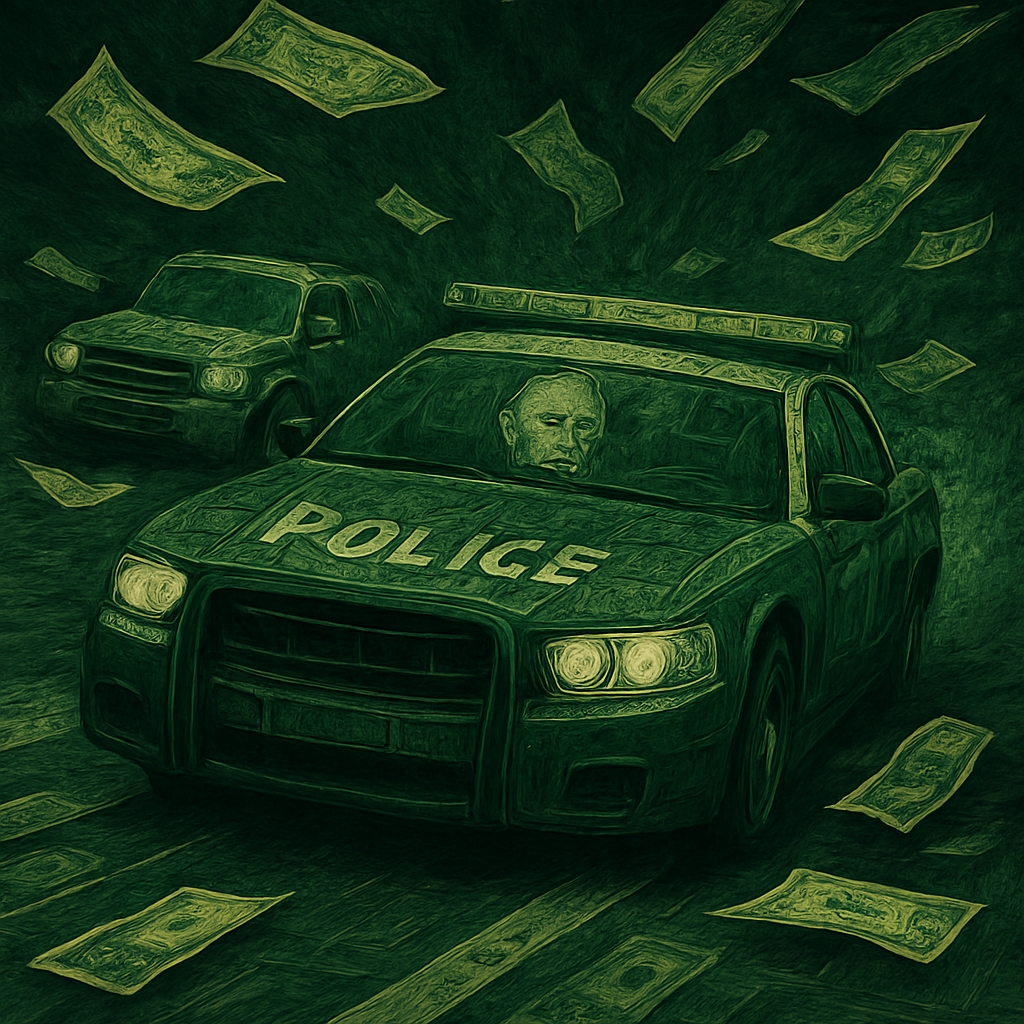
Character Dynamics – Chemistry in Flux
The trio at the heart of The Pickup—Murphy, Palmer, Davidson—never fully cohere, but they each bring something distinct. Palmer’s Zoe is the gravitational center, pulling the plot forward with urgency and control. Murphy’s Russell is the reluctant anchor, steady but emotionally distant. Davidson’s Travis is the wildcard, chaotic but ultimately loyal.
Their interactions oscillate between sharp and stilted. Some scenes crackle with tension and humor, while others feel like actors reading lines in parallel. The chemistry isn’t broken, but it’s inconsistent—like a band that hasn’t rehearsed enough to sync their rhythms. Still, when the trio clicks, the film finds its pulse. It’s in those moments—usually mid-heist or during a moral standoff—that The Pickup feels alive.
Symbolic Undercurrents – Trust, Risk, and Reinvention
Beneath the surface, The Pickup gestures toward deeper themes: trust between unlikely allies, the risk of reinvention, and the tension between loyalty and survival. These motifs aren’t explored with philosophical depth, but they’re present in the structure. Russell’s guarded demeanor, Zoe’s strategic manipulation, Travis’s chaotic loyalty—all reflect different responses to pressure and uncertainty.
The heist itself becomes a metaphor for adaptation: how do you navigate a system designed to limit you? How do you cut corners without collapsing the structure? In that sense, the film’s own production mirrors its narrative. It’s a story about making do, about finding coherence in constraint. And while it doesn’t fully unpack these ideas, they linger in the margins—waiting to be noticed.
Final Reflection – A Film That Almost Finds Its Voice
The Pickup is a film of near-misses and clever recoveries. It doesn’t soar, but it doesn’t stumble either. It’s a mid-tier entry that understands its limitations and works within them—sometimes creatively, sometimes cautiously. The performances vary, the visuals falter, and the sound mix overwhelms—but the core remains intact: a story about three flawed people trying to pull off something improbable.
It’s not a film that demands rewatching, but it’s one that rewards attention. In its quiet moments, in its compressed shadows, in its budget-conscious choices, The Pickup reveals a kind of editorial honesty. It’s not pretending to be more than it is. And in a landscape of overproduced spectacle, that restraint is its own kind of statement.
Join the Discussion
Is The Pickup a clever low-budget win or just another mid-tier streamable? Did the action sequences surprise you, or did the visual softness pull you out of the moment? And where does this land in Eddie Murphy’s evolving filmography—somewhere between Dolemite Is My Name and A Thousand Words? I personally enjoyed A Thousand Words…
Drop your thoughts, scene breakdowns, or performance takes below. Whether you noticed the compression artifacts or found unexpected depth in Keke Palmer’s arc, your perspective adds to the archive.
#ThePickupFilm #EddieMurphy2025 #KekePalmerPerformance #PeteDavidsonSurprise #StreamingCinema #HeistMovieBreakdown #VisualCompressionWatch #LowBudgetHighImpact #ActionScenesMatter #FilmTextureTalk #EddieMurphy

